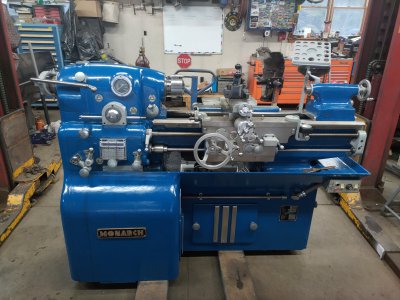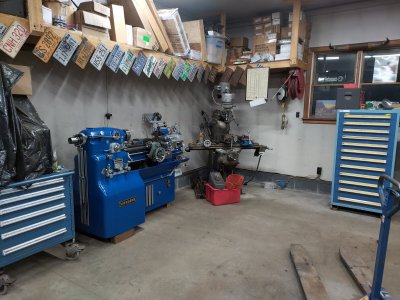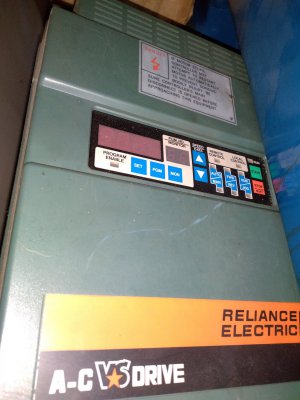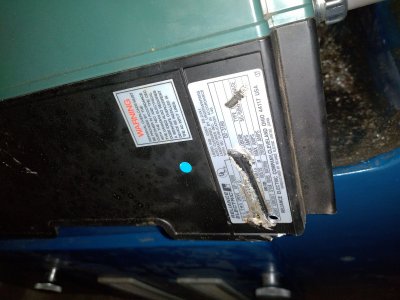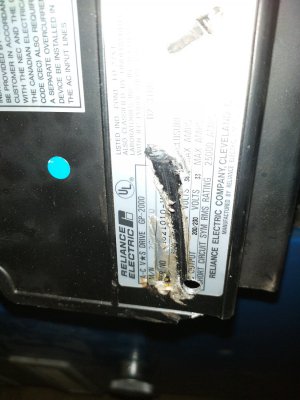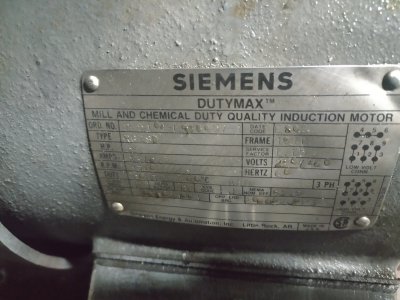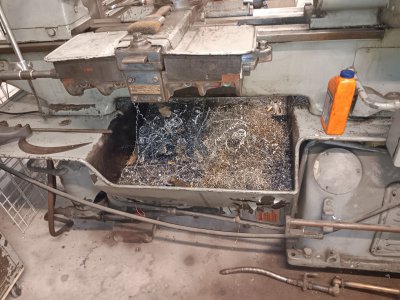- Joined
- Apr 6, 2024
- Messages
- 10
Bought this from a local auction, got a bunch of chucks with it, a few faceplates, and some jacobs flex collets and collet chuck. It's set up with a 5hp 3ph ac motor and a 3ph-3ph vfd. I've got to get me a rotary converter and then we'll see if I like how it runs with this setup. I'm expecting to be in the market for a back gear. Anyway it looks the part and has had the ways etc all reground. We're still feeling out our relationship. Does anyone have any info on this particular VFD they could share? He's got it set up so the lathe works off the control panel on the end of the base and I'd really like to rewire it so the factory speed control and forward/reverse lever function as intended. Thanks!
